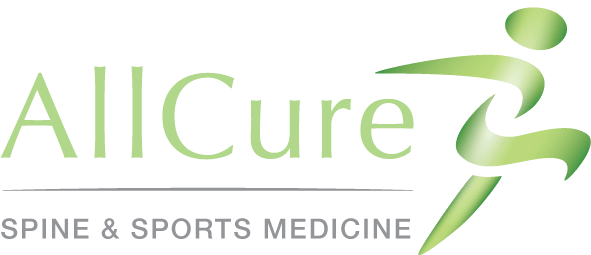3 Key Differences Between Occupational Therapy vs Physical Therapy
When used in everyday speech, it’s not unusual for occupational and physical therapy to be used interchangeably and casually. After all, they do have similar names and are similar fields. However, there are distinct dissimilarities between the two, and understanding said differences give you the correct care you need.
Together, let’s break down the two distinct differences between occupational therapy vs. physical therapy and how you can specifically enhance your life through their services.
1) Both Have Divergent Focuses and Goals
Occupational therapy, or OT, centers on treating patients recovering from a range of maladies, including mental, physical, developmental, and emotional, that impact the patient’s ability to carry out daily tasks. The goal of occupational therapy is to empower others to take command of their own life. By assisting patients in learning, or relearning, how to execute activities associated with living, these therapists reignite patient independence and outlook.
Conversely, physical therapy, or PT, work on helping patients regain their function and mobility after a severe illness or injury resulting in muscle weakness, pain, and/or decreased ranges of motion. The goal of PT is to manage and regulate pain, augment muscle weakness, spike endurance, and generally improve range of motion. These exact goals will fluctuate depending on the patient’s individual needs.
2) Both Have Unique Treatments
Giving patients a new sense of independence and purpose is exactly what occupational therapy treatment aims to do. These treatments include:
- Health management
- Activities of daily life (eating, dressing, bathing)
- Adaptive equipment (raised toilet seats, tub bench, dressing aids)
- Splinting
- Life skills training (money management, cooking, personal care)
- Adaptive driving
- Cognitive skills training
- Wheelchair positioning
- Stress management techniques
On the other hand, physical therapy utilizes specific treatments to increase mobility and shrink pain in patients. This includes:
- Strengthening exercises
- Manual therapy (joint mobilization, massage)
- Balance training
- Range of motion exercises
- Assistive devices (canes, walkers, crutches)
- Physical agents (hot packs, cold packs, electrical stimulation, ultrasound)
- Braces
- Wound care
Family-Owned Therapy Practice
When a devastating event has indefinitely altered your life, you deserve a careful, personalized approach to your well-being. AllCure Spine and Sports Medicine supports both physical and occupational therapy to deliver life-long relief to patients suffering from any kind of pain. Our dedicated, exceptional staff will help you feel better, move better, and be better. Contact us today to book an appointment and begin your recovery journey.
